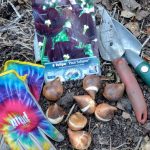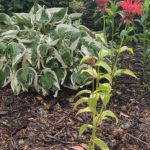Here’s some of the new plants available this weekend (7/25/25)
Artemisia ludiviciana, Silver Sage, Native
Asclepias tuberosa, Butterfly Milkweed, Native
Echinacea pallida, Pale Purple Coneflower, Native
Heliomeris multiflora, Showy Goldeneye, Native
Hymenoxys hoopesii, Owl’s Claws, Native
Liatris pycnostachya, Prairie Gayfeather, Native
Mirabilis multiflora, Desert Four-o’clock, Native
Oenothera macrocarpa, Missouri Evening Primrose, Native
Ratibida pinnata, Grey-Headed Coneflower, Native
Rudbeckia occidentalis, Western Coneflower, Native
Solidago ‘Fireworks’, Native
Solidago gigantea, Native
Solidago ptarmicoides, Native
Solidago rigida, Native
Symphyotrichum oblongifolium, Aromatic Aster, Native
Thermopsis rhombifolia, Golden Banner, Native
Tradescantia occidentalis, Western Spiderflower, Native
Vernonia fasciculata, Native
Allium senescens ‘Blue Twister’
Delopserma: Alan’s Apricot, Carlisle Pink Firespinner, Granita Orange, Lesotho Pink
Iris versicolor, Harlequin Blue Flag
Monarda didyma ‘Jacob Cline’
Penstemon hirsutus, Hairy Beardtongue
Phlomis cachmeriana, Kashmir Sage
Rheum rabarbarum, Glaski’s Perpetual Rhubarb
Sedum: reflexum ‘Blue Spruce’, rupestre ‘Angelina’, sediforme ‘Turqoise Tails’
Sisyrinchium campestre, Prairie Blue-eyed Grass
Veronica liwanensis, Turkish Speedwell

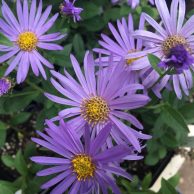 The end of summer doesn’t mean the end to color in the garden, on the contrary, you can plan and plant now for a vibrant wave of color, and habitat for our insects and birds, that continues all the way to hard frost! From native and water-wise perennials and shrubs, to trees (including fruit trees) and grasses, the selection is vast.
The end of summer doesn’t mean the end to color in the garden, on the contrary, you can plan and plant now for a vibrant wave of color, and habitat for our insects and birds, that continues all the way to hard frost! From native and water-wise perennials and shrubs, to trees (including fruit trees) and grasses, the selection is vast.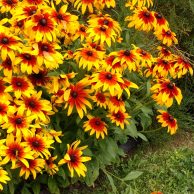 Fall is among the best times to plant perennials. While we may begin to wilt from late summer heat, many plants rise to the occasion and burst into bloom! As days begin to grow shorter, perennials spend the next few months developing root systems or taproots that delve well below the hot, dry surface soil. Pollinators depend on finding pollen and nectar sources through the entire summer, so it’s important to include late-summer and autumn bloomers in your garden.
Fall is among the best times to plant perennials. While we may begin to wilt from late summer heat, many plants rise to the occasion and burst into bloom! As days begin to grow shorter, perennials spend the next few months developing root systems or taproots that delve well below the hot, dry surface soil. Pollinators depend on finding pollen and nectar sources through the entire summer, so it’s important to include late-summer and autumn bloomers in your garden. 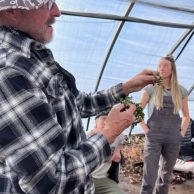
 Daylilies are old favorites for good reasons. They are:
Daylilies are old favorites for good reasons. They are: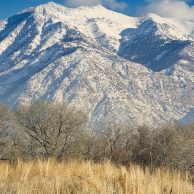 Historically February is one of Colorado’s snowiest months, and finally we’re beginning to see evidence of that this year! Additionally, the forecast indicates more to come. It remains to be seen how some of our marginally hardy garden plants have suffered from the below zero temperatures.
Historically February is one of Colorado’s snowiest months, and finally we’re beginning to see evidence of that this year! Additionally, the forecast indicates more to come. It remains to be seen how some of our marginally hardy garden plants have suffered from the below zero temperatures.
